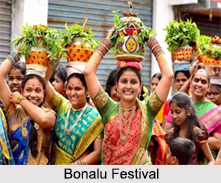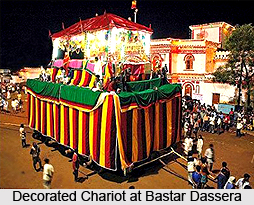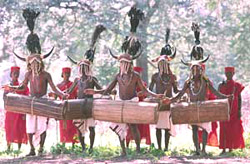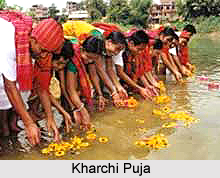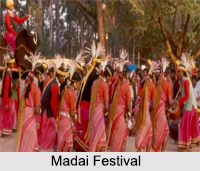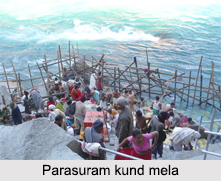 Fairs in South India represent the socio-cultural life of the human societies that aims at the participation of the common mass. Bhagavatha Mela is popular throughout the state of Tamil Nadu. South India is a home to many multi-coloured festivals. The fairs and festivals of South India replicate the multicultural and multi spiritual society. Onam, Thrissur Pooram and Pongal are the main festivals of South India.
Fairs in South India represent the socio-cultural life of the human societies that aims at the participation of the common mass. Bhagavatha Mela is popular throughout the state of Tamil Nadu. South India is a home to many multi-coloured festivals. The fairs and festivals of South India replicate the multicultural and multi spiritual society. Onam, Thrissur Pooram and Pongal are the main festivals of South India.
The southern region of India encompasses four states that are Tamil Nadu, Kerala, Karnataka and Andhra Pradesh and the union territory of Puducherry. South India pursues the Dravidian tradition and has diverse ways to commemorate their own festivals.
Different fairs in South India
Following are the different fairs in South India:
Bhagavatha Mela: Bhagavatha Mela is a form of dance-drama. It is graceful, since smooth vocals and instrumental music add flavour to its overall performance. It also contains dialogues of high diction and suggestive strained abhinaya and other symbolical, descriptive action as some of its hallmarks. Whenever there is a violent scene of war or death, the same is not enacted, but instead narrated as an incident. The Bhagavatha Mela is full of dramatic interest that is enhanced by using classical music and dance. The drama has several levels, which are given below. The term Bhagavatha Mela signifies the troupes, which perform the stories of the Bhagavatha, i.e. the myths about the incarnations of Lord Vishnu, from the famous Bhagavath Purana.
Kotappakonda Temple Fair: "Kotappakonda Temple Fair" is held every year on the eve of Maha Shivratri in February. Thousands of devotees swarm the temple with embellished and lighted prabhas (huge lamps) in their hands as an offering to Lord Shiva, the presiding deity of the temple. Devotees also get their heads shaved in the celebrations as a faith that their wishes are pleased by the lord on sacrificing the hair.
Parasuram Kund Mela: Parasuram Kund Mela is held on the Makar Sankranti day in the month of January and thousands of pilgrims take holy dip in the Parasuramkunda Lake. There is a popular belief that a holy dip in the kunda on this auspicious day would wash away all the sins. It is situated about 24 kms away on North-East of Tezu. The history is based on a Hindu mythology of Parasuram`s matricide as given in Srimad Bhagavad, Kalika Purana and Mahabharata.
Malini Mela: The Malini Mela is organized in the month of April in the Malinithan temple complex. This temple is situated in the foothills of West Siang district, near the Likabali circle headquarters. Stone curvatures of various deities, gods and goddesses of Hindu pantheon were excavated from temple site which has been dated to 13th/14th century AD. The prominent goddess is Goddess Durga who is worshipped in her Shakti form. The mela starts with the celebration of Basanti Puja which is held in the month of February-March. It last for three days. Many make shift stall are erected. These melas are looked after by a local committee. The participants are greatly influenced by the faith and beliefs on the mother goddess.
